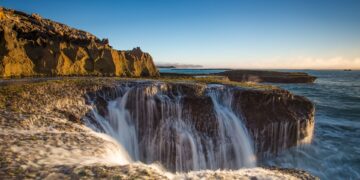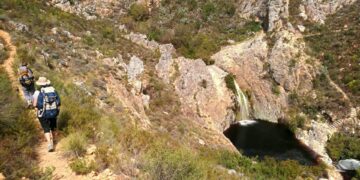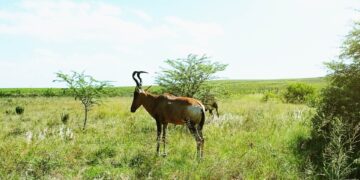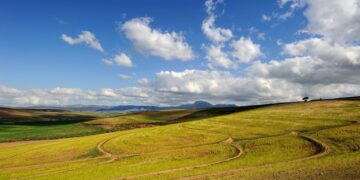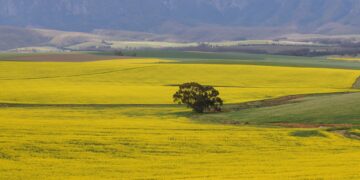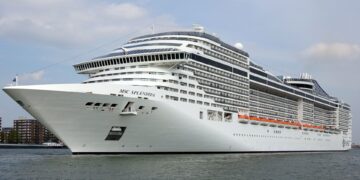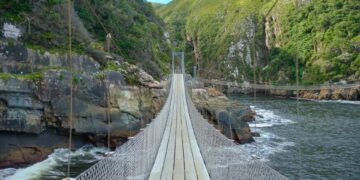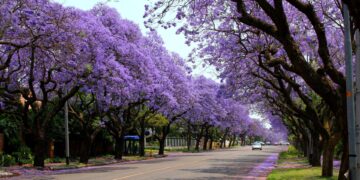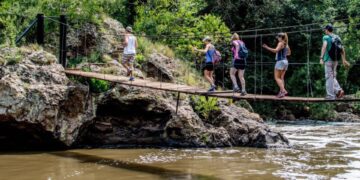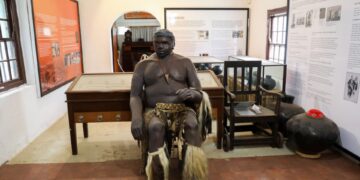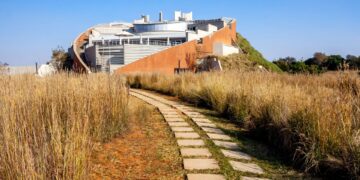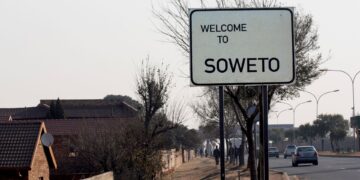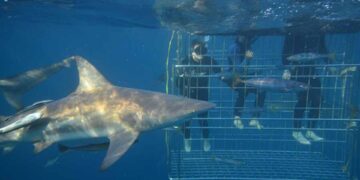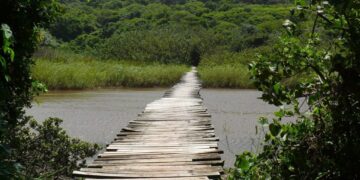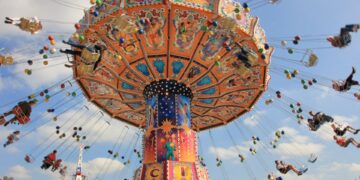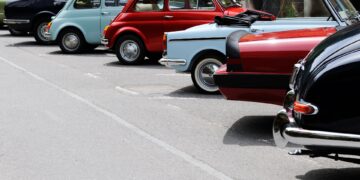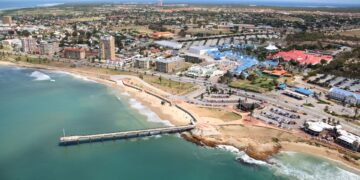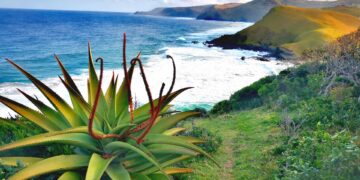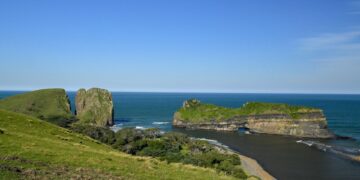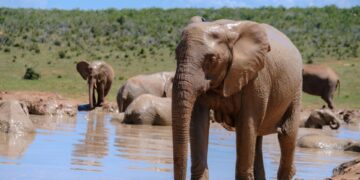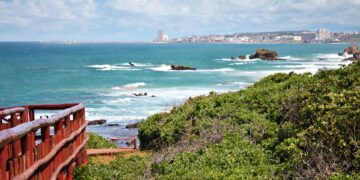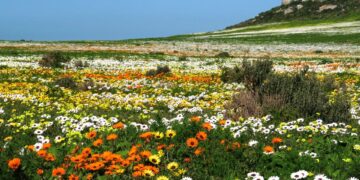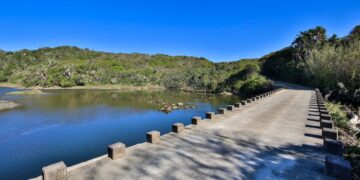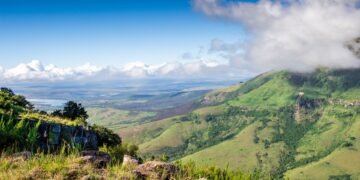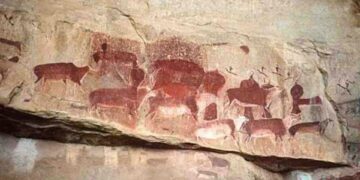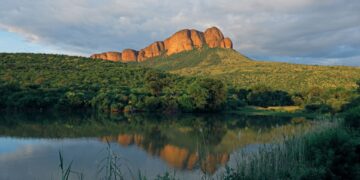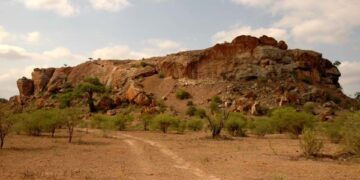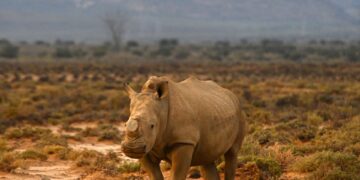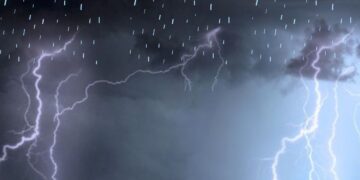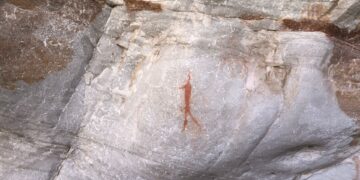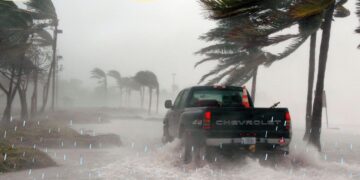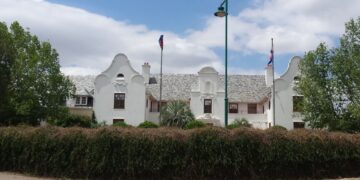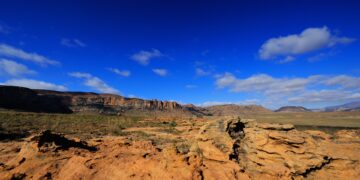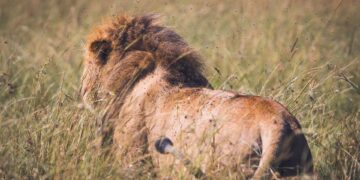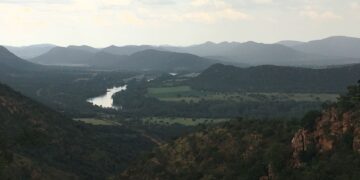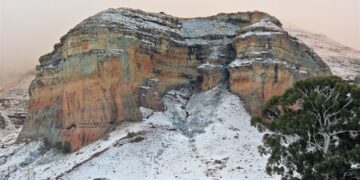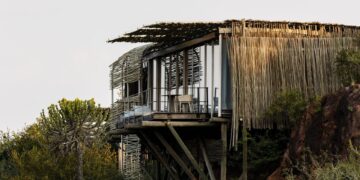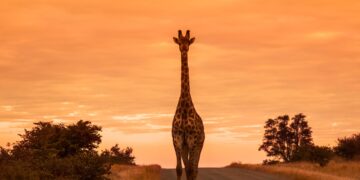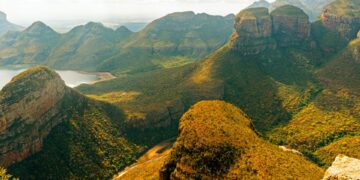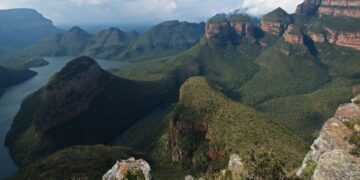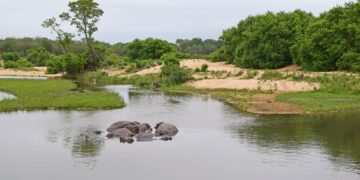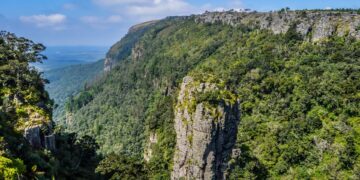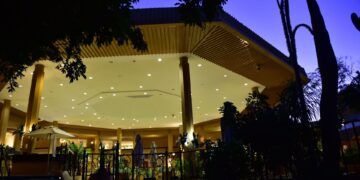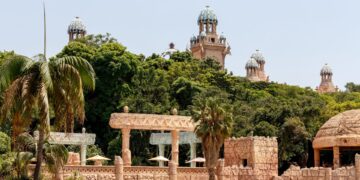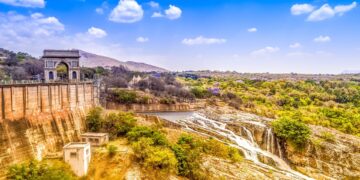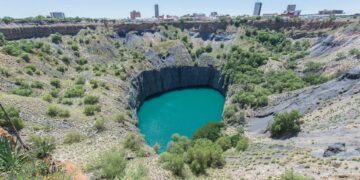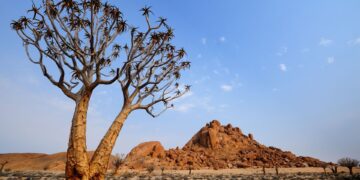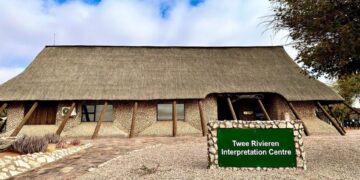Kimberley is the largest city (and the capital) of South Africa’s remote Northern Cape province, and is a sparkling diamond in the rough. It may be a long way from anywhere, and indeed, in some ways, it is, but Kimberley has a rich and unique history and its fill of tourism treasures.
The city is most famous for its diamond rush past and is sometimes referred to as the “city that sparkles”. Today, its most famous tourist jewel is the aptly-named Big Hole.
The history of Kimberley goes back much further, though. The fairly compact city is chock-a-block with museums and historical sites – both natural and man-made, some millions of years old.
Kimberley’s climate is best described as continental. Summer (December to February) is wet and hot, while winter (June to August) is usually mild and dry (during the day at least). The weather can be extreme and unpredictable. Winter night temperatures often drop below freezing, and severe summer thunderstorms are not uncommon.
The city has a small airport serviced by South African Airways. It’s a five-hour drive from Johannesburg to reach Kimberley or a 10-hour drive from Cape Town.
While the town’s sparkling heyday may have passed and some of its buildings and general air is somewhat scuffed around the edges, there is plenty to keep visitors going. Plan an itinerary and ask knowledgeable locals and passionate historians what other must-see natural delights are worth exploring. Join a walking tour led by a local to admire the town’s late Victorian and Edwardian buildings or hop on the tram at the Kimberley Mine Museum for a 20-minute tour of the town for just R20. Most of the key historic sites can be seen within a 3-km radius.
What to do in Kimberley
Many come to see Kimberley’s main attraction – the Big Hole, but the small city also offers an abundance of museums and historical sites that shouldn’t be missed.
Read more
Where to stay in Kimberley
Where to eat in Kimberley



